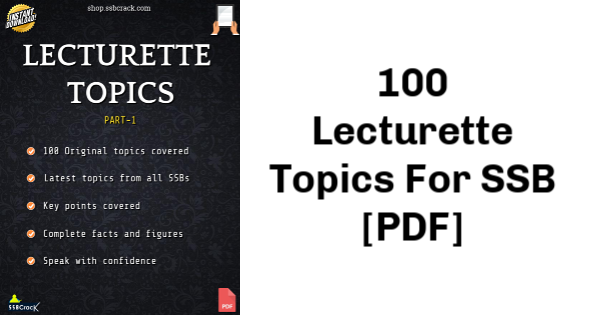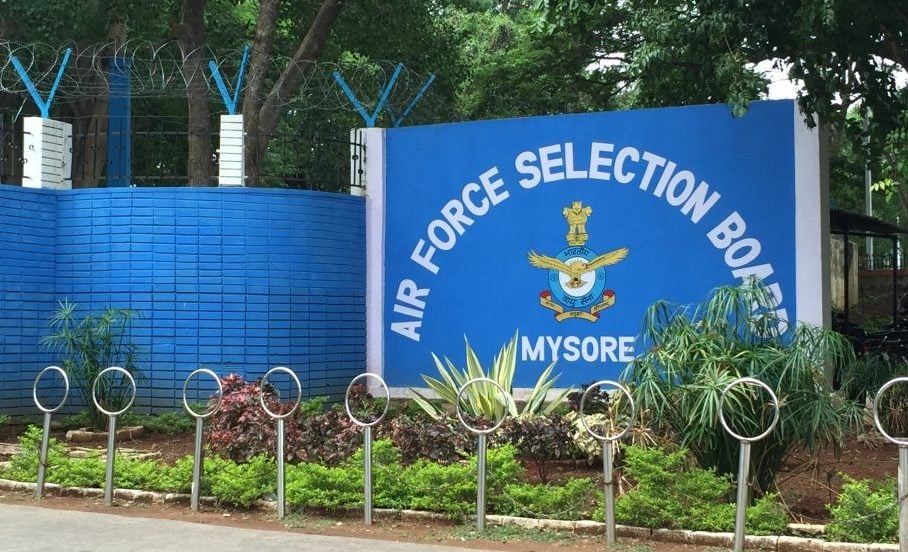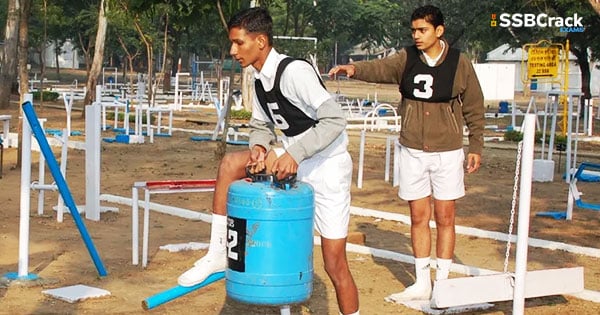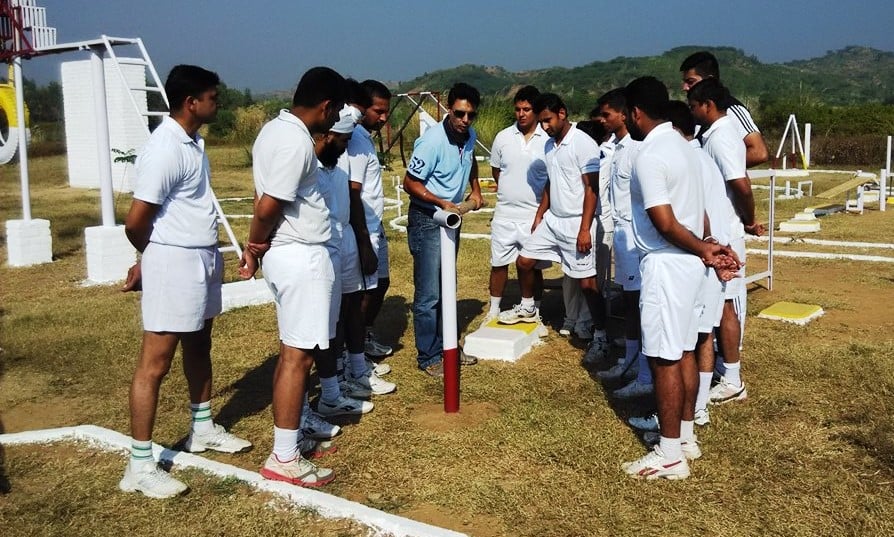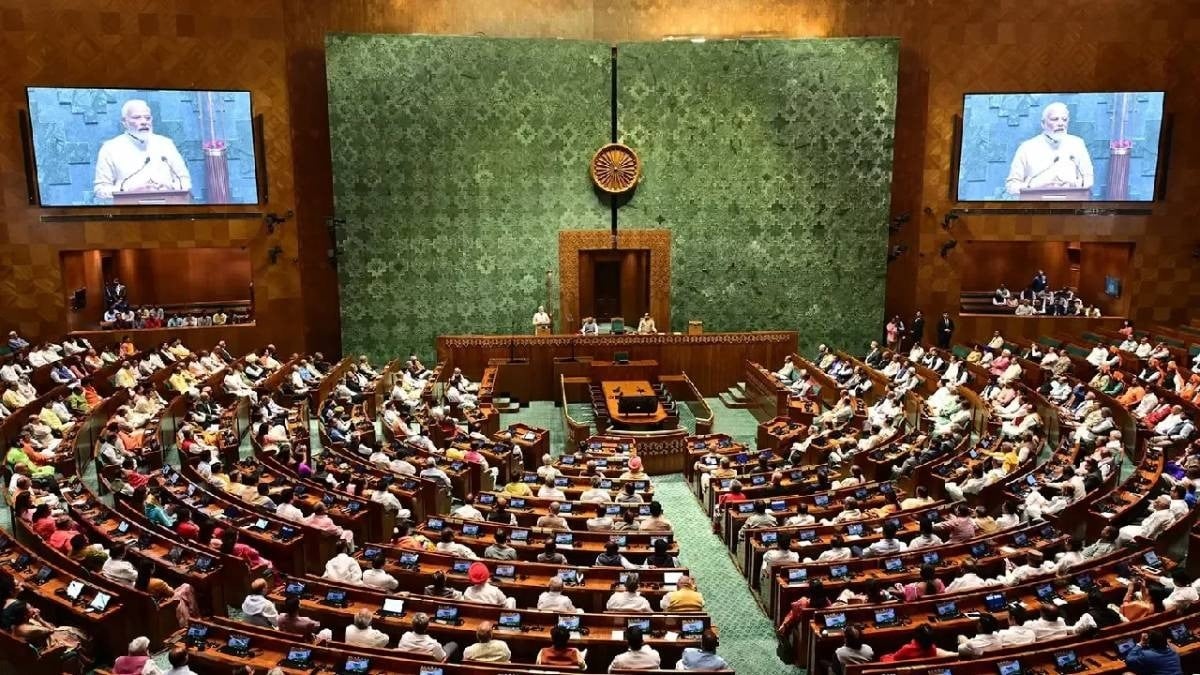The Services Selection Board (SSB) interview is a comprehensive evaluation process aimed at assessing candidates who aspire to join the Indian Armed Forces. A pivotal component of this assessment is the Lecturette, which tests several essential skills such as confidence, clarity of thought, and effective communication. Preparing well for the Lecturette can significantly enhance a candidate’s prospects for success across all branches of the military, including the Army, Navy, and Air Force.
Understanding the Lecturette
The Lecturette is a brief speech exercise typically conducted during the Group Testing Officer (GTO) tasks on Days 3 or 4 of the SSB process. Each candidate selects a topic from a list presented on a card and has a short preparation time, usually lasting 2 to 3 minutes. Following this, candidates must deliver a speech lasting approximately 3 to 4 minutes to the GTO and their peers. This exercise assesses:
- Communication Skills and Fluency: The ability to articulate thoughts clearly.
- Confidence and Body Language: Presenting oneself assertively.
- Structure and Clarity: Organizing ideas logically.
- Knowledge: Understanding the chosen topic well.
- Engagement: The ability to connect with the audience.
The Lecturette resembles public speaking or extemporaneous speech presentations and showcases how effectively candidates can think and respond under pressure.
Importance of the Lecturette in Selection
The Lecturette serves as a critical indicator of a candidate’s overall personality and attributes that are vital for leadership and officer-like qualities (OLQs). Key insights gained from this component include:
- Leadership Qualities: Officers must communicate effectively to influence and motivate others.
- Mental Agility: The ability to formulate coherent narratives under tight time constraints.
- Awareness: Knowledge of current events, social issues, and general knowledge about national and international affairs, which are crucial for future officers.
Conducting the Lecturette
The typical procedure for a Lecturette session involves several steps:
- Topic Selection: Candidates select a topic from three or four options provided.
- Preparation Time: About 2-3 minutes are allotted to outline key points.
- Delivery: Each candidate delivers their speech for approximately 3-4 minutes.
- Order of Speaking: Candidates take turns speaking, while those next in line prepare.
- Evaluation: The GTO assesses content, confidence, body language, and adherence to the time limit.
Time management is crucial; exceeding the limit or concluding abruptly can negatively impact perceptions.
Common Lecturette Topics
Lecturette topics can cover a wide array of themes, generally categorized as follows:
- Current Affairs and Social Issues: Topics like women empowerment, unemployment, digital India, and education reforms.
- National and International Affairs: Topics covering India’s relations with neighboring countries, climate change, and the role of the United Nations.
- Defense and Security Topics: Issues like the modernization of the Indian Armed Forces, military exercises, and cyber warfare.
- Leadership and General Themes: Topics evaluating concepts such as leadership versus management and the importance of teamwork.
- Personal Development: Covering themes like discipline, patriotism, and work-life balance.
Approach and Preparation
Effective preparation strategies include:
- Staying Informed: Regularly read reputable newspapers and magazines to boost general awareness.
- Understanding Structure: Organize speeches with a clear introduction, main body, and conclusion.
- Practicing Public Speaking: Engage in mock sessions and solicit feedback for improvement.
- Thinking on Your Feet: Use brainstorming techniques during preparation time without memorizing entire paragraphs.
- Building Confidence: Maintain eye contact, use appropriate body language, and modulate your voice.
Tips for Effective Delivery
To deliver an impactful Lecturette, candidates should keep the following tips in mind:
- Choose Wisely: Select a topic that you are comfortable discussing.
- Be Logical and Organized: A well-structured presentation enhances clarity.
- Use Facts: Incorporate relevant, accurate data to support your arguments.
- Manage Time Effectively: Practice pacing to ensure you stay within the given timeframe.
- Exude Confidence, Not Arrogance: Convey belief in your points without coming across as overconfident.
- Stay Composed: If you lose your train of thought, move gracefully to the next point.
- Avoid Reading Notes: Glance at your bullet points occasionally but prioritize maintaining engagement with your audience.
Sample Lecturette Structure
To illustrate how a Lecturette can be structured, consider the topic of “Women Empowerment in India” as an example:
- Introduction: Greet the audience, define women empowerment, and state its importance for India’s development.
- Main Body:
- Historical Context: Discuss women’s roles and challenges in different eras.
- Current Scenario: Highlight government initiatives and changes in societal attitudes.
- Importance: Emphasize the economic, social, and national benefits of empowering women.
- Challenges: Briefly address socio-cultural barriers and other constraints.
- Solutions: Suggest improvements in education, entrepreneurship, and law enforcement.
- Conclusion: Recap key points and end on a hopeful note regarding future progress.
Ultimately, the Lecturette in the SSB interview is more than just a measure of speaking ability; it reflects essential qualities that define a competent officer: clarity, organization, adaptability, and confidence. By remaining informed, practicing consistently, and maintaining a calm demeanor, candidates can excel in this critical aspect of the selection process.
For reference, candidates preparing for their SSB interviews can explore a document listing 100 top Lecturette topics that have been recently faced by candidates. This resource may provide invaluable insights and inspiration for effective preparation.
